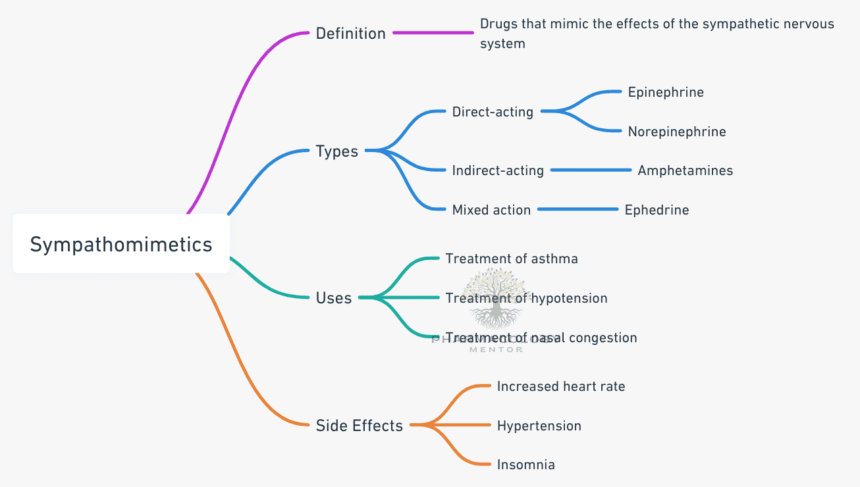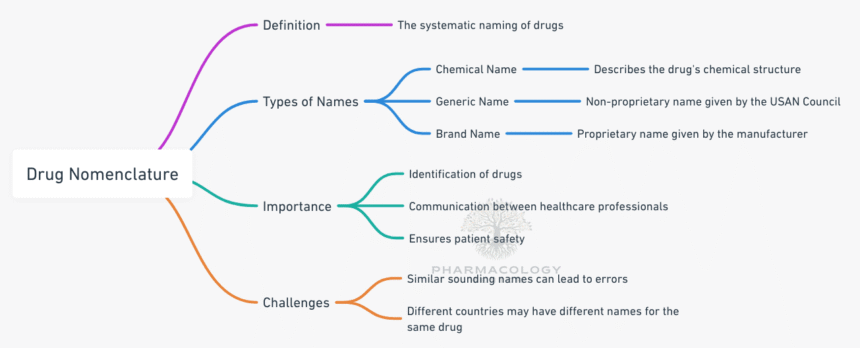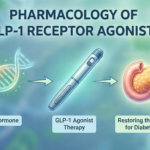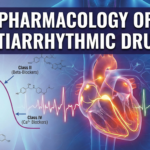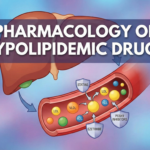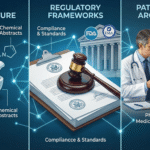Pharmacotherapy of Glaucoma
Introduction Glaucoma is a group of progressive ocular disorders characterized by damage to the optic nerve, often associated with elevated intraocular pressure (IOP). Over time, this damage can lead to…
Pharmacology of Sympathomimetics: Mechanisms, Clinical Applications, and Safety
Introduction to Sympathomimetics Sympathomimetic medications—also known as adrenergic agonists—are a diverse group of pharmacological agents that mimic the physiological actions of endogenous catecholamines (e.g., norepinephrine and epinephrine) and other neurotransmitters…
History of Pharmacology
Pharmacology is the science that examines how drugs interact with living systems, encompassing the discovery, composition, properties, therapeutic uses, and toxicology of medications. Its history spans thousands of years, weaving…
Pharmacology of Tetracyclines
INTRODUCTION Tetracyclines are a class of broad-spectrum antibiotics initially discovered in the late 1940s as natural products of Streptomyces species. They quickly gained wide clinical use due to their efficacy…
Pharmacology of Oral Contraceptive Pills (OCPs)
INTRODUCTION Oral contraceptive pills (OCPs) rank among the most widely used forms of reversible birth control worldwide. First introduced in the 1960s, OCPs have profoundly impacted reproductive healthcare, offering numerous…
Pharmacology of antiretroviral drugs
INTRODUCTION The advent of effective antiretroviral therapy (ART) represents one of the most significant milestones in contemporary medicine, radically transforming human immunodeficiency virus (HIV) infection from a near-fatal illness into…
HMPV: What is HUMAN METAPNEUMOVIRUS?
HMPV: INTRODUCTION Human metapneumovirus (HMPV) is a viral pathogen first identified in 2001, though it is believed to have circulated undetected in human populations for decades prior to its discovery.…
Drug Nomenclature or Naming System: A detailed overview
INTRODUCTION Drug nomenclature is a critical and highly specialized area within pharmaceutical science, involving the systematic naming of medicinal substances for rigorous clarity in healthcare settings, research environments, and regulatory…
Pharmacology of Aspirin: A Comprehensive Overview
Introduction Aspirin—chemically known as acetylsalicylic acid—is among the most widely used medications across the globe. Renowned for its analgesic, antipyretic, anti-inflammatory, and, at low doses, antithrombotic actions, aspirin’s versatility has made it a mainstay in clinical…
Pharmacology of NSAIDs: Comprehensive Overview, Mechanism of Action, and Clinical Considerations
Non-Steroidal Anti-Inflammatory Drugs (NSAIDs) are among the most widely used medications worldwide, offering relief from pain, inflammation, and fever for a myriad of conditions. Their popularity stems from their effectiveness,…




